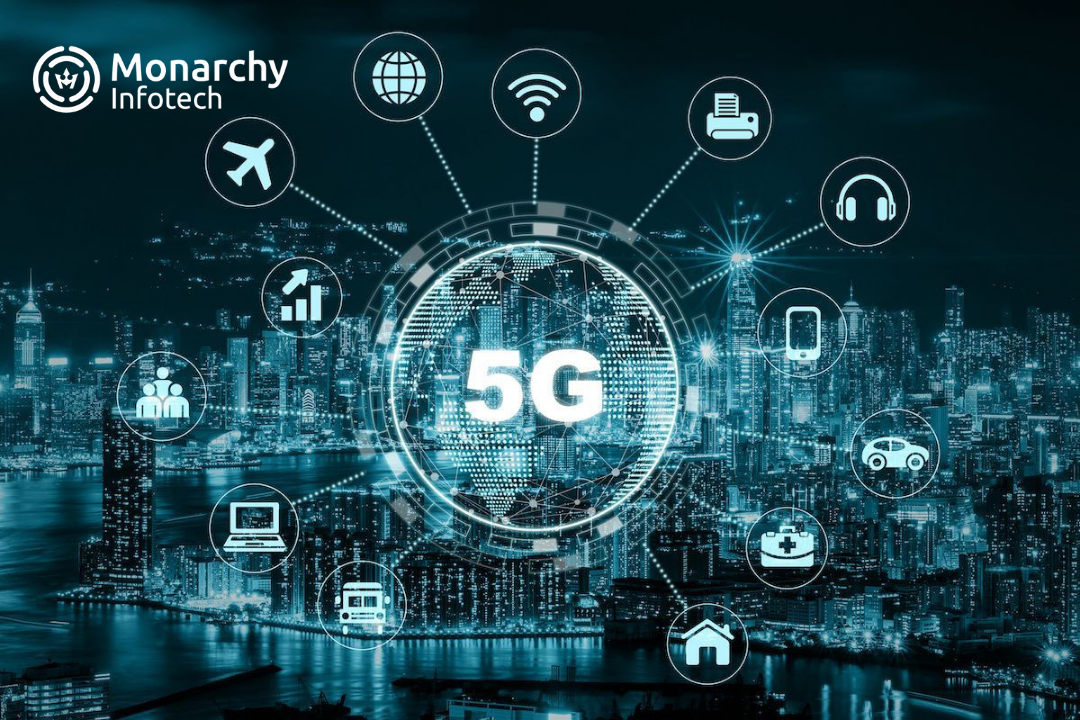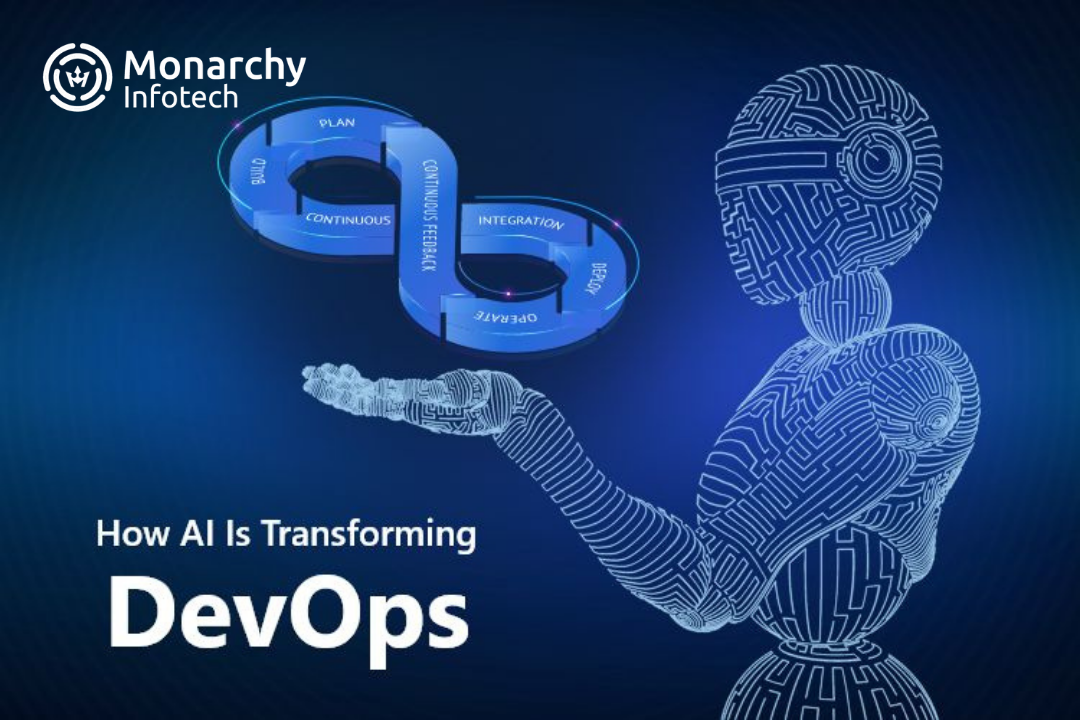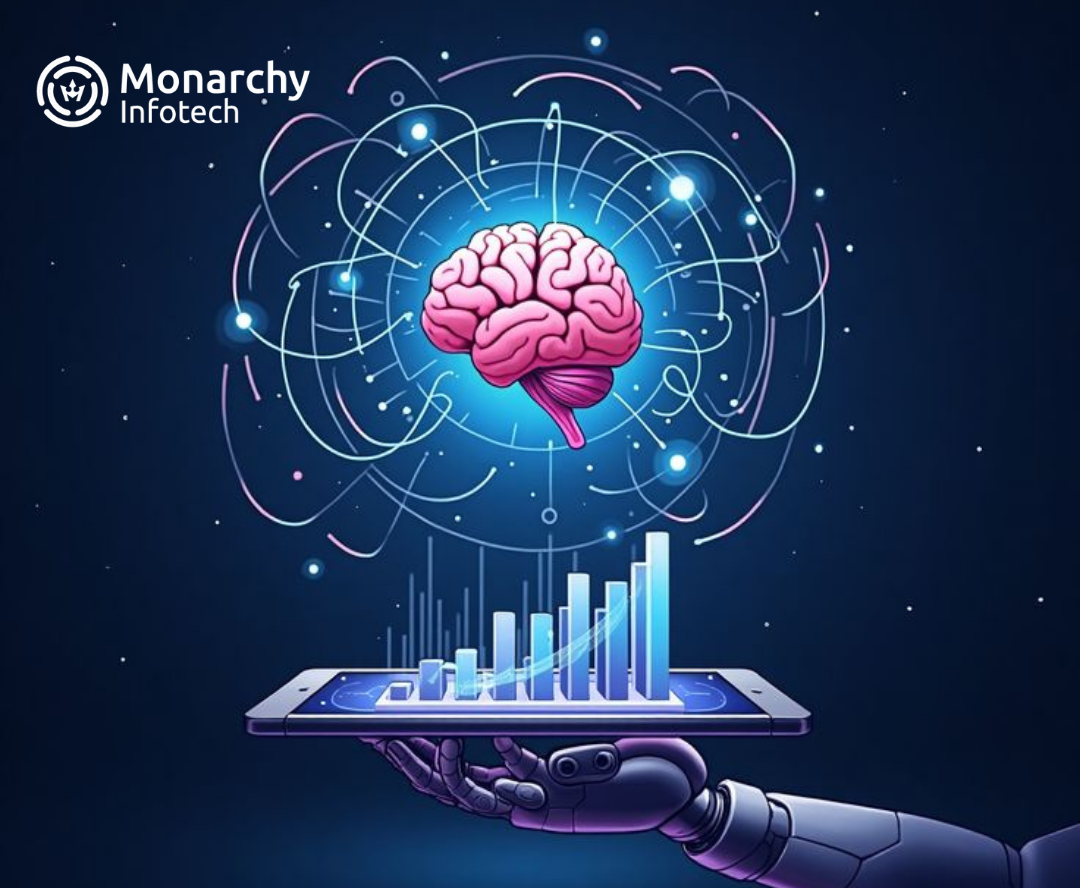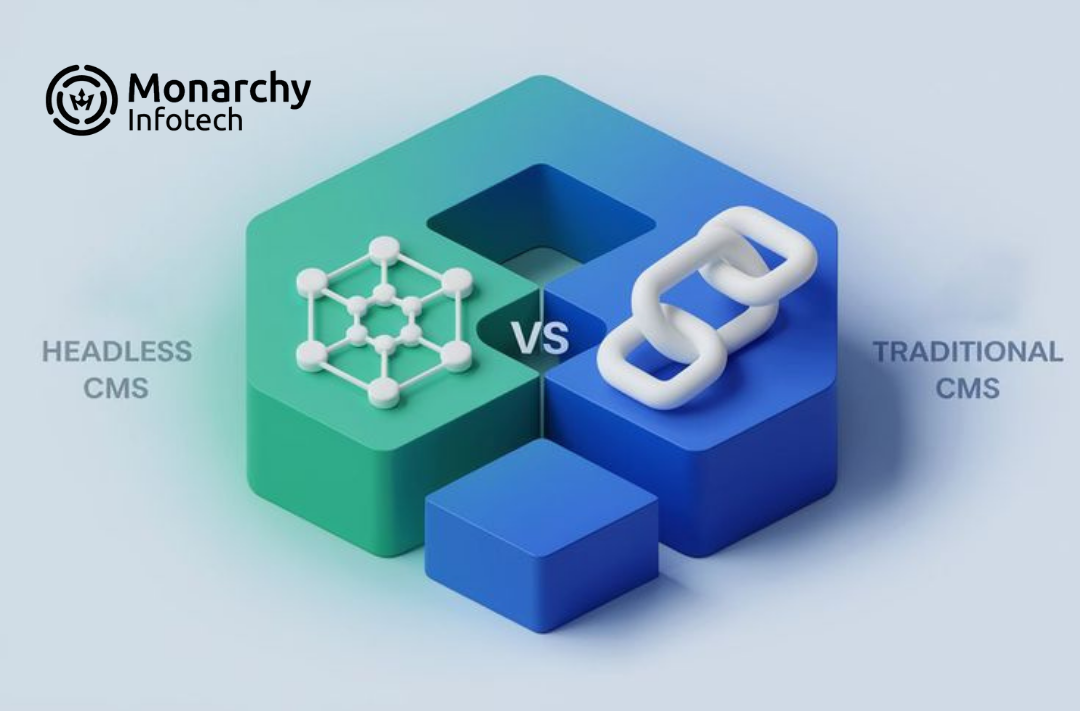As 5G technology keeps expanding worldwide, its effect on enterprise IT is also growing more prominent. This blog discusses how 5G is transforming business operations through ultra-high-speed data transmission, lower latency, and real-time connectivity. From the improvement of remote work features and IoT installations to enhanced cloud computing and edge infrastructure, 5G is raising a new benchmark for speed and scalability in enterprise IT. We also explore the difficulties of adopting 5G, such as security issues and infrastructure preparedness, and offer suggestions on how IT executives can get their organizations ready for a 5G-future.

The Impact of 5G on Enterprise IT Solutions
The Influence of 5G on Enterprise IT Solutions
The fifth generation of wireless technology, 5G, is not merely a speed upgrade. It's a business revolution, altering the way enterprise IT solutions are constructed, deployed, and tuned. With its potential for ultra-high-speed connectivity, instantaneity, and extreme data capacity, 5G is revolutionizing IT infrastructure and propelling innovation across all sectors.
1. Releasing Unprecedented Speed and Bandwidth
5G provides speeds of up to 100x that of 4G, supporting real-time data transfer and instant communication between users and systems. With greater bandwidth comes the ability for businesses to:
- Operate cloud applications more effectively
- Facilitate high-definition video conferencing and remote collaboration
- Support an increased number of connected devices without delay
Quicker networks translate to quicker decision-making and seamless operations—essential aspects for any enterprise IT infrastructure.
2. Supporting Scalable IoT Ecosystems
One of the largest winners of 5G is the Internet of Things (IoT). Businesses are able to deploy smart sensors, networked machinery, and automated systems at scale without concerns about network overload. This transforms:
- Smart manufacturing and logistics
- Real-time data analysis from remote locations
- Predictive maintenance and monitoring
IT departments will have to deal with a greater quantity of device data, which will demand strong analytics and storage resources.
3. Transforming Remote Work & Collaboration
With hybrid and remote work here to stay, 5G bolsters the digital workplace by empowering:
- Seamless access to virtual desktops and cloud applications
- Smooth video conferencing and file transfer
- Secure, stable connections even in crowded environments
IT administrators can now better support distributed workforces, enhancing productivity and user experience.
4. Transforming Edge Computing and Cloud Integration
5G enables quicker data processing nearer to the point of origin with edge computing. This reduces latency and eliminates the need to forward all data to cloud servers in the center. Advantages are:
- Quicker response times for mission-critical applications
- Bandwidth and storage cost savings
- Better performance with AI/ML-based tools
Hybrid infrastructures combining edge and cloud will be used by enterprises more and more.
5. Improving Enterprise Mobility and Security
With 5G, mobile business solutions get a boost. It doesn't matter if it's field service applications, mobile access, or real-time analytics, employees can work smoothly from anywhere.
But with increased connectivity comes increased risk. IT organizations need to:
- Intensify mobile device management (MDM)
- Enforce network slicing and end-to-end encryption
- Scan and patch vulnerabilities more actively
Security and compliance strategies need to adapt with the adoption of 5G.
6. Challenges in Adopting 5G for Enterprise IT
Though 5G comes with numerous advantages, there are challenges as well:
- Upgrades to infrastructure: Old systems can have to be swapped out or reconfigured
- Cost implications: Spending on 5G-capable devices and networks
- Regulatory and compliance issues: Particularly in very regulated business
A successful adoption is dependent on a sound IT roadmap.





